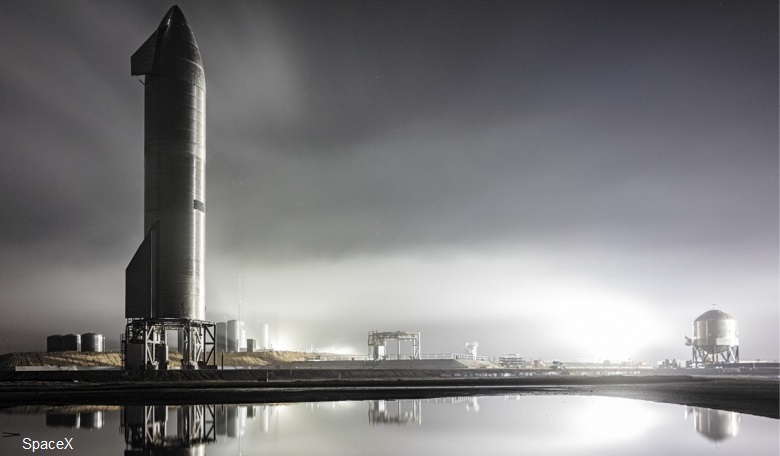According to an email sent by SpaceX founder Elon Musk to his employees last week, the company faces a "genuine risk of bankruptcy" if issues surrounding the production of the Raptor engines that power SpaceX’s Starship vehicle cannot be resolved.
The email, which was first reported by Space Explored, discusses an escalating production crisis that in the wake of a number of staff leaving, turns out to be worse than first anticipated.
"Unfortunately, the Raptor production crisis is much worse than it had seemed a few weeks ago," Musk said in the internal email. "As we have dug into the issues following the exiting of prior senior management, they have unfortunately turned out to be far more severe than was reported. There is no way to sugarcoat this."
The senior management in question could refer to ex-vice president of propulsion Will Heltsley, who left the company due to lack of progress in developing and manufacturing the powerful engines, CNBC reported last week.
The leadership shake-up also saw the recent departure of SpaceX vice president of mission and launch operations Lee Rosen and senior director of mission and launch operations Ricky Lim; although it is not clear what their motives for leaving are.
Raptors are a family of methane/liquid oxygen rocket engines under development by SpaceX since the late 2000s. They are designed to power Starship, Musk’s huge stainless steel transport vehicle created to deliver goods and up to 100 people to the moon and eventually Mars.
Envisioned to eventually stand 120m (394ft) -tall once sat atop a rocket called Super Heavy, Musk confirmed earlier this year that the combined system will use 39 Raptor engines – 33 on the booster and a further six on the ship.
That’s a lot of Raptors for one flight. And with ambitious plans of building a self-sustaining city on Mars – an endeavour that could take up to 30 years – Musk reckons he will have to build 800 to 1,000 Raptor engines per year; that would be enough engines for 20 to 25 booster-equipped Starships per year.
These will need to be built soon as the entrepreneur has plans for around a dozen test flights of Starship in 2022 with the goal of enabling commercial operations to begin in 2023.
However while that is ongoing, Musk also needs Starship to deploy his next generation of Starlink broadband satellites in large numbers every two weeks. The space company has already launched over 1,800 satellites using its Falcon 9 rockets, and has many more to go, but Musk said in the memo that the newest version of Starlink would require Starship's extra mass and power.
“The consequences for SpaceX if we can’t get enough reliable Raptors made is that we then can’t fly Starship, which means we then can’t fly Starlink Satellite V2 (Falcon has neither the volume *nor* the mass to orbit needed for satellite V2),” Musk wrote in the email. “Satellite V1 by itself is financially weak, whereas V2 is strong.”
Whats more; SpaceX has invested “massive capital” on scaling up production of end-user terminals to several million units per year, Musk wrote and those terminals depend on the additional bandwidth the Starlink V2 satellites will provide. If the V2’s cannot be deployed, “these terminals will be useless otherwise,” he added.











